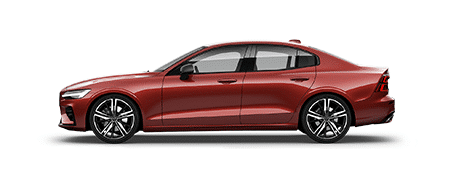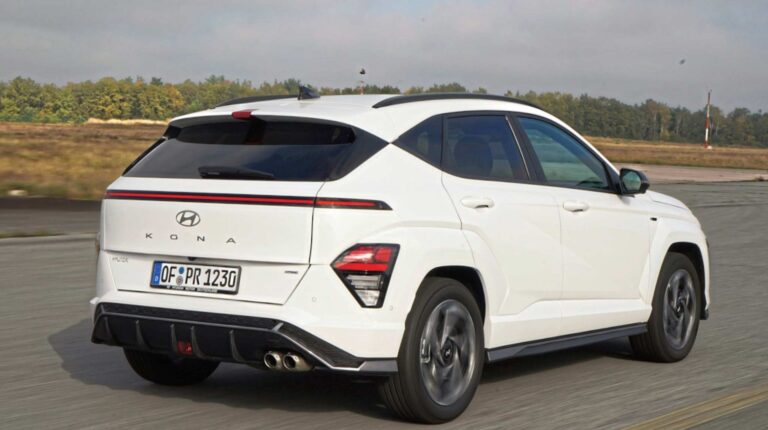Volvo reveals the secrets to achieve a 7% reduction in the consumption of its Aero model

In a context where energy efficiency is crucial, Volvo presents its innovations that have achieved a 7% reduction in fuel consumption for its Aero model. This improvement is based on an optimized aerodynamic design and the implementation of advanced technologies, which not only benefits operators in cost terms but also significantly contributes to sustainability in the transport sector. The combination of an extended cab and the innovative Camera Mirror System (CMS) are some of the highlights in this commitment to efficiency.
The Volvo Aero model has captured the attention of the transport industry thanks to its innovative design that promises a 7% reduction in fuel consumption. This is especially relevant at a time when sustainability and energy efficiency are more important than ever. Through data obtained from monitored trucks via the Volvo Connect platform, the effectiveness of this reduction has been demonstrated, leading to over 2,000 units sold in the Spanish market just a few months after its launch.
Aerodynamic Design Optimization
The design of the new Aero cab has been meticulously optimized to minimize air resistance, a crucial aspect that directly affects the energy consumption of trucks. Over long distances, air resistance can account for up to one-third of fuel losses in diesel operations, while for electric trucks, this can reach up to 50%. Thus, the Swedish manufacturer has focused its efforts on aerodynamics as one of the keys to improving fuel consumption efficiency.
Extended Cab for Greater Efficiency
The extended cab of the Volvo FH Aero, which is 24 centimeters longer than standard models, helps reduce aerodynamic impact. This improves airflow around the truck and consequently decreases resistance. The idea behind this approach is that aerodynamic improvements at the rear of the cab have an even greater impact if the front has also been optimized. This principle has allowed Volvo to implement changes that focus not only on the cab but on the entire truck.
Exceptional Results in the Spanish Market
Since its launch, the Aero model has achieved a swift acceptance in the Spanish market, with more than 2,000 units sold. Of these, more than 50% are already in operation and recording outstanding results in fuel consumption and operational efficiency. It is important for operators to monitor these results through the Volvo Connect platform, which provides detailed tracking of data such as fuel consumption and CO2 emissions.
Camera Mirror System: A Key Innovation
Volvo has implemented the Camera Mirror System (CMS) in its new Aero cab, which not only contributes to aerodynamic efficiency by reducing air resistance but also enhances driver safety by eliminating blind spots and providing a wider view. Thanks to this system, significant improvements in the aerodynamic flow of the cab are achieved, thereby leading to savings in fuel and emissions. It is also noteworthy that this system ensures safe driving in various weather conditions.
Outstanding Safety Certifications
In terms of safety, the Volvo FH Aero has gained recognition in independent tests, receiving the highest rating of five stars in the first safety assessment for trucks by Euro NCAP, in addition to the City Safe award. This highlights Volvo’s intention to combine sustainability with safety, providing superior performance in both areas.
Conclusions on the Efficiency of the Volvo Aero Model
Volvo Trucks has managed to capture the automotive sector’s attention with its innovative Aero model, which has shown a remarkable 7% reduction in fuel consumption. This advancement not only positions the brand at the forefront of sustainability but also represents an effective response to the growing demand for more efficient and environmentally friendly transport solutions.
One of the standout aspects of the Aero cab design is its optimized aerodynamics. The increased length of the cab, along with the implementation of technologies such as the Camera Mirror System (CMS), contributes to a significant reduction in air resistance. These changes not only minimize fuel consumption but also enhance safety and driver experience, fundamental aspects in the transport industry.
The results achieved by Volvo in the Spanish market are impressive, with over 2,000 units sold and effective operation of more than 50% of them in record time. This demonstrates the rapid acceptance of the Aero model by customers, who appreciate the economic savings and the commitment to sustainable practices.
The Volvo Connect platform plays a crucial role in this evolution by allowing operators to monitor their trucks’ performance in real-time. This tracking not only provides valuable data but also helps optimize operations, maximizing profitability and ensuring a positive impact on the environment.
In summary, Volvo Trucks’ strategy in developing the Aero highlights the importance of innovation in the automotive industry. This model not only sets a new standard in fuel efficiency but also reaffirms Volvo’s position as a leader in the implementation of sustainable technologies.



